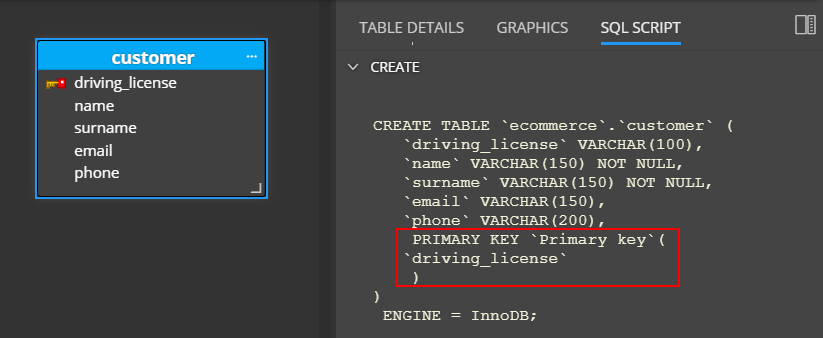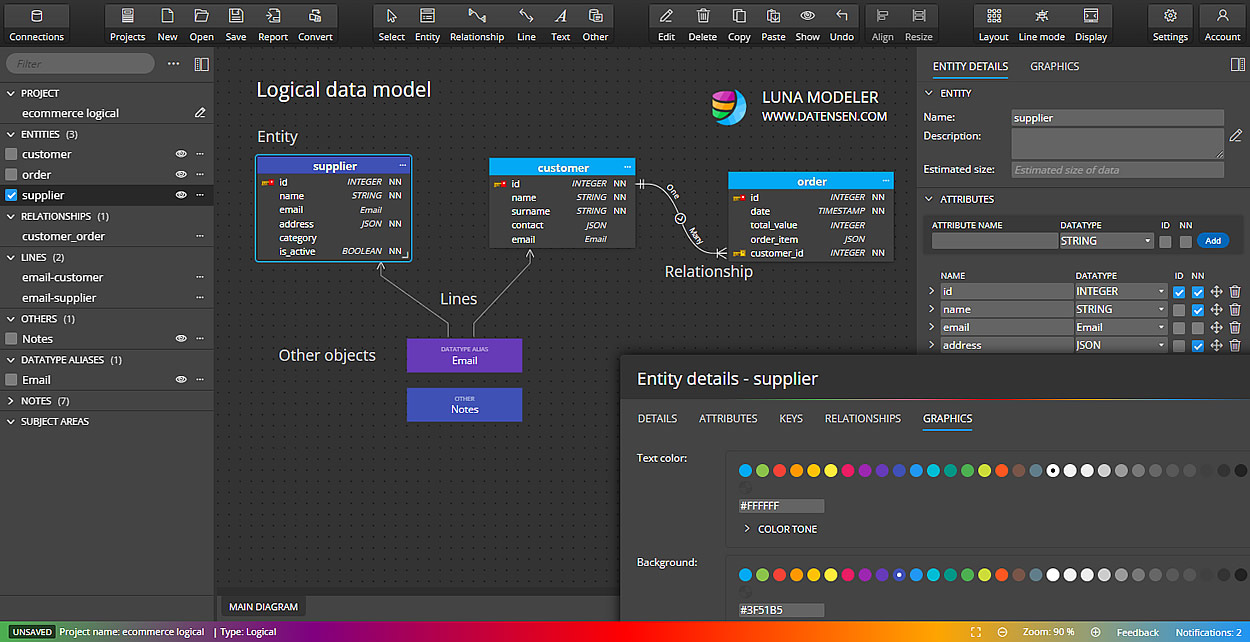
Tag: postgresql
Articles related to ER diagram creation in Luna Modeler – a data modeling tool for PostgreSQL and other relational databases.
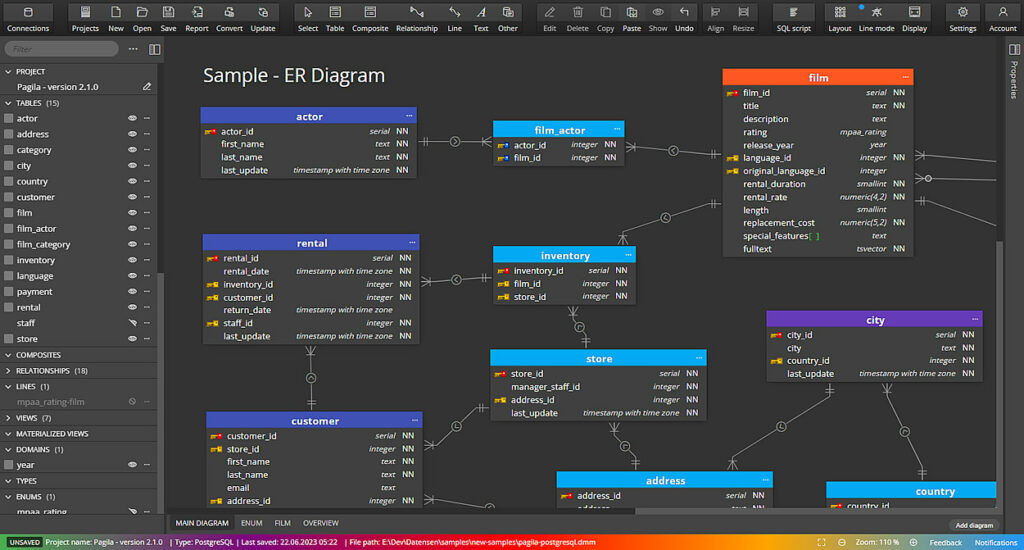

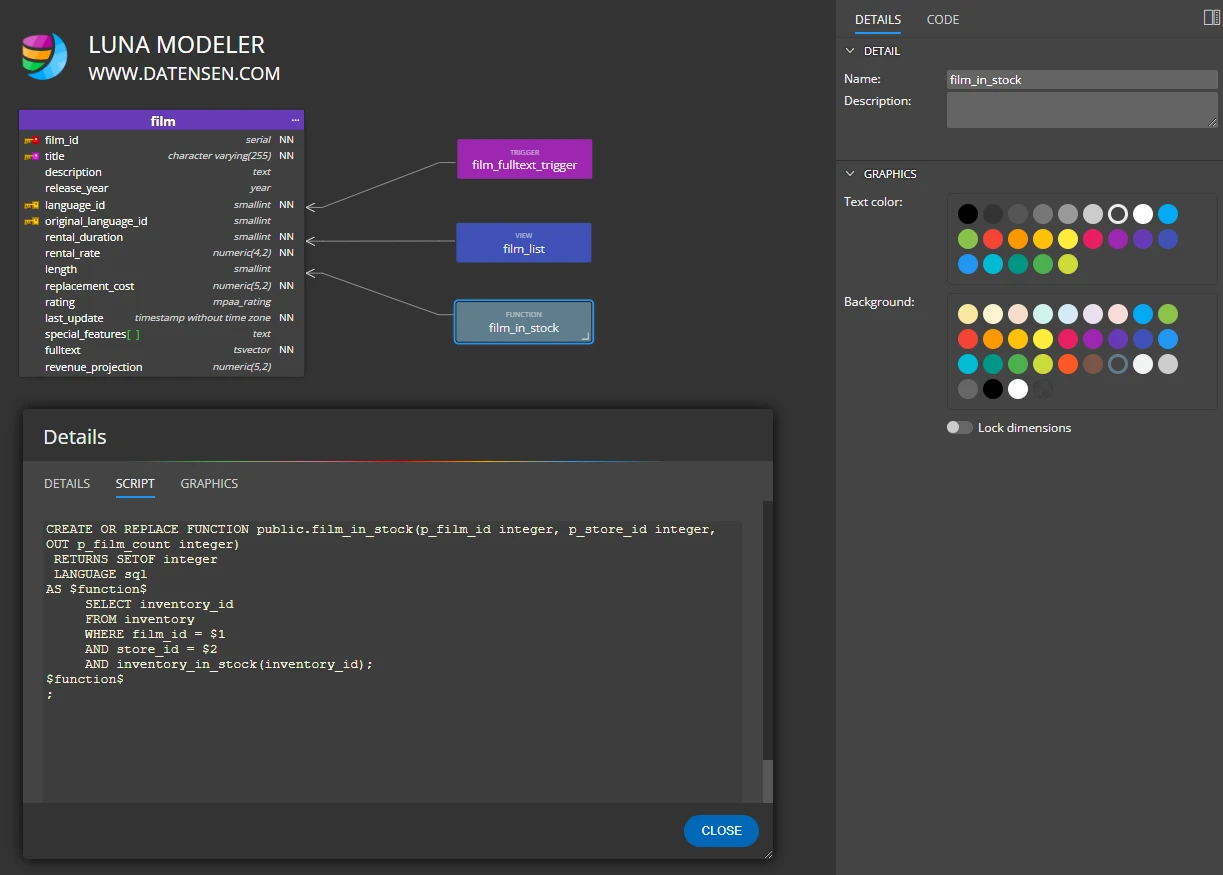
Other database objects in PostgreSQL

Composite types & PostgreSQL ER Diagram
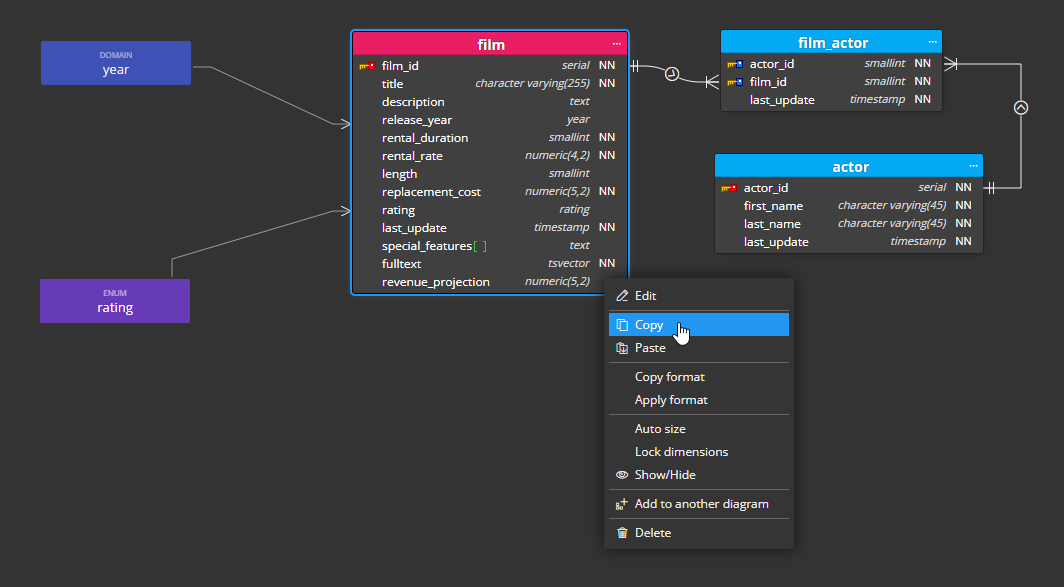
Advanced Copy and Paste in Luna Modeler
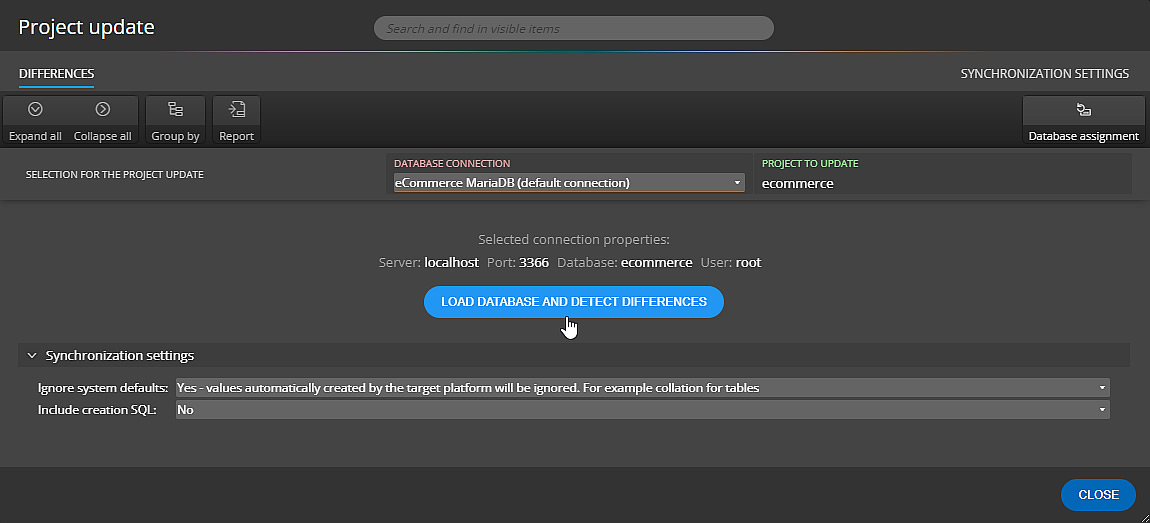
Updating SQLite projects

Updating PostgreSQL projects
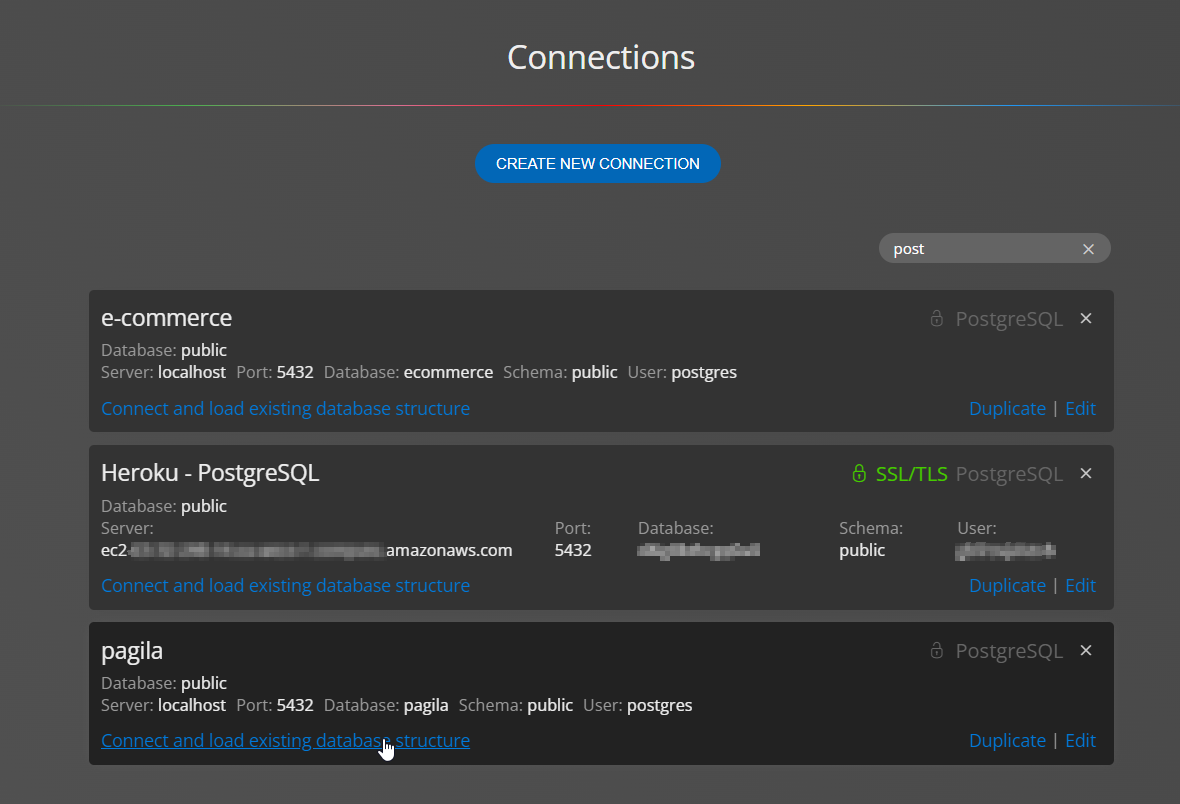
Visualization of existing PostgreSQL databases
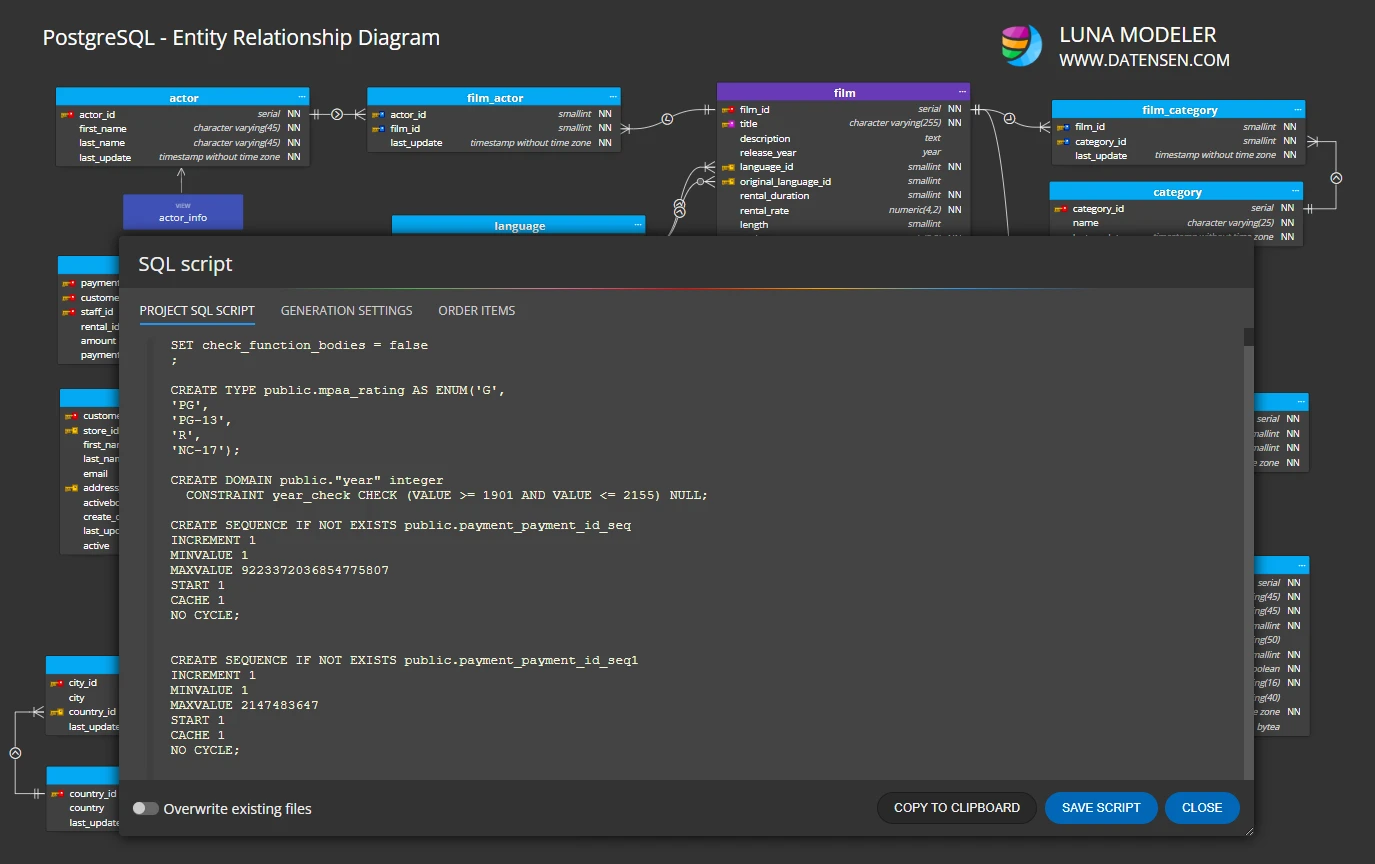
Generating SQL scripts for PostgreSQL
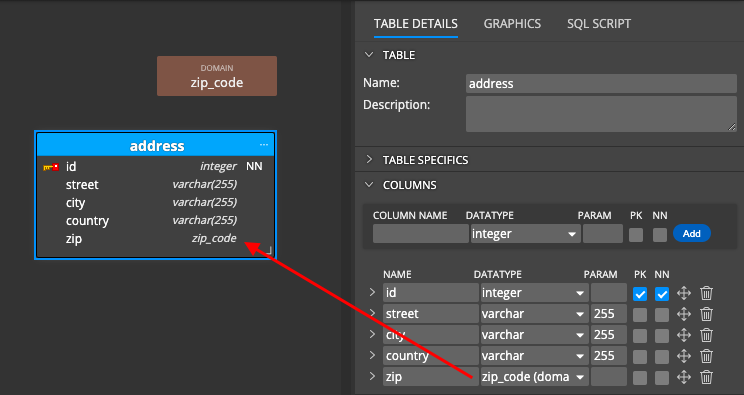
Domains in PostgreSQL projects
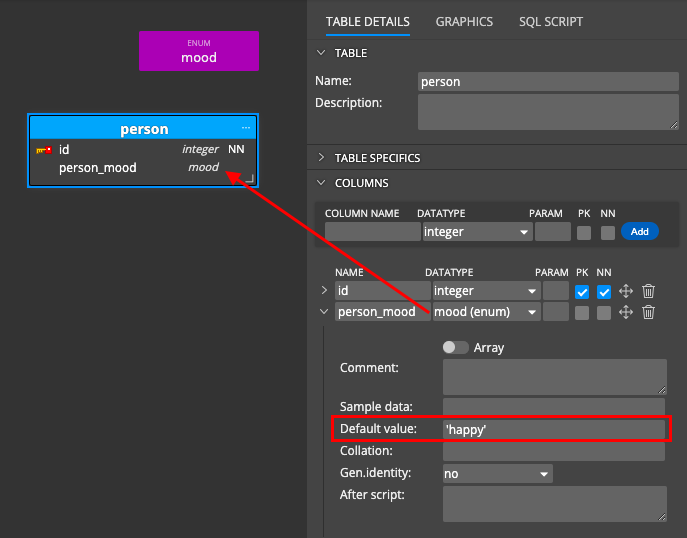
Enumerated type – Enum – PostgreSQL
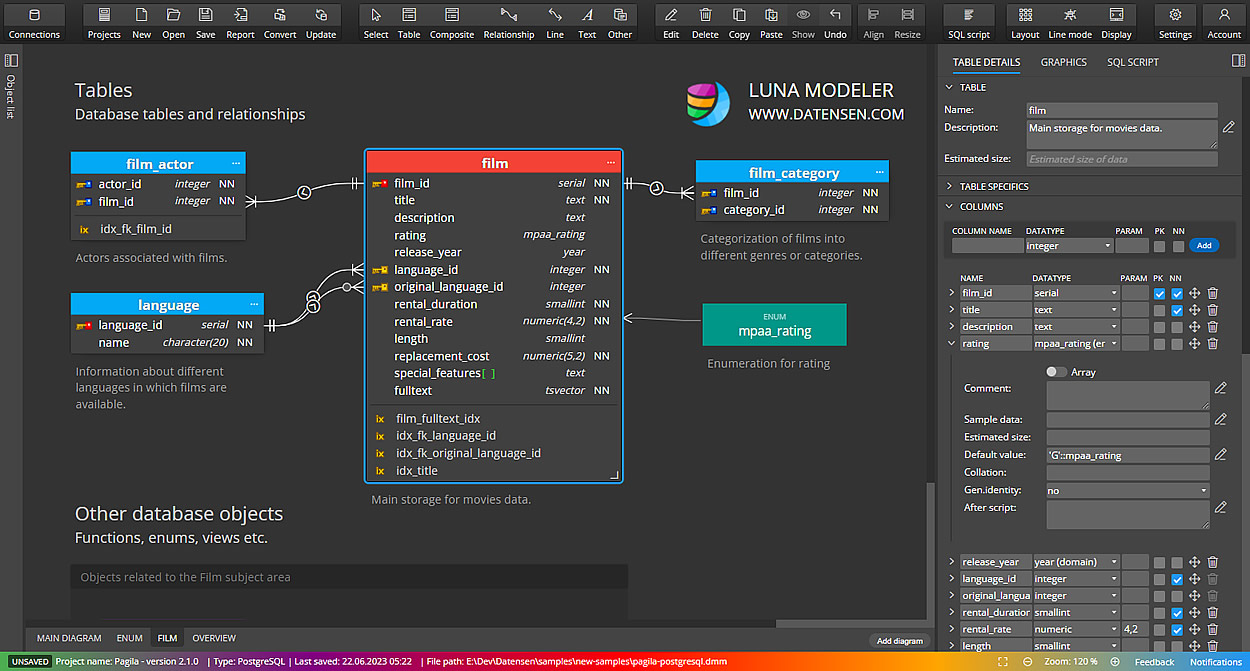
PostgreSQL ER diagram – graphics
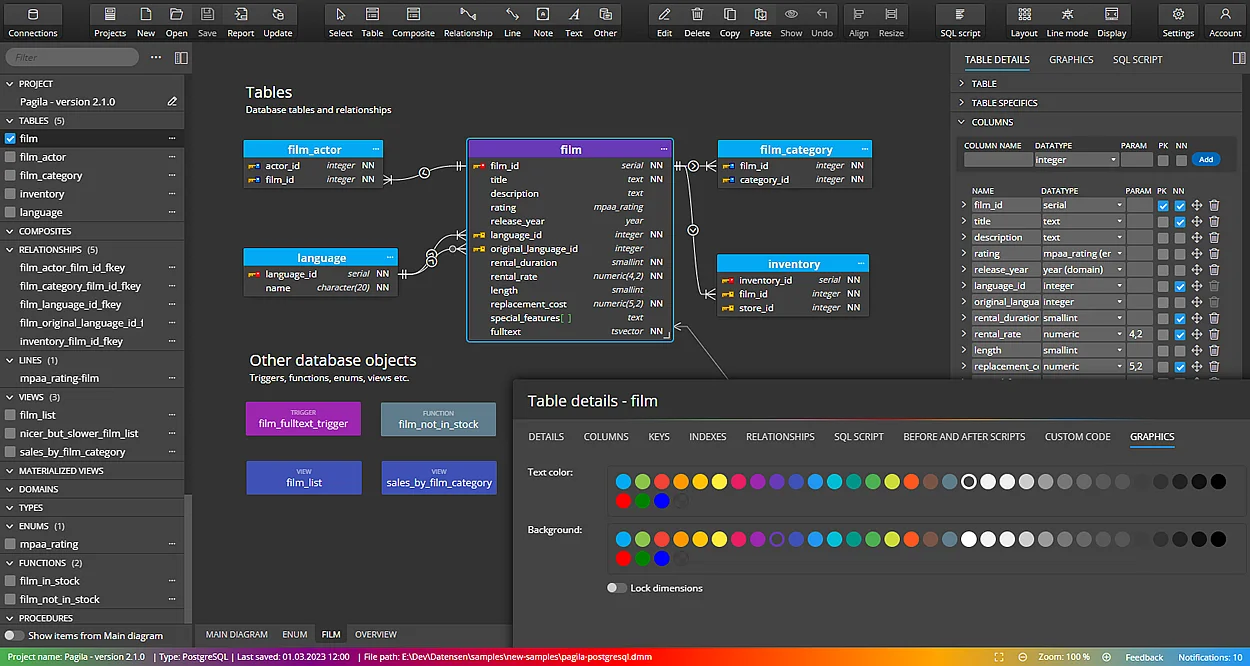
PostgreSQL database design
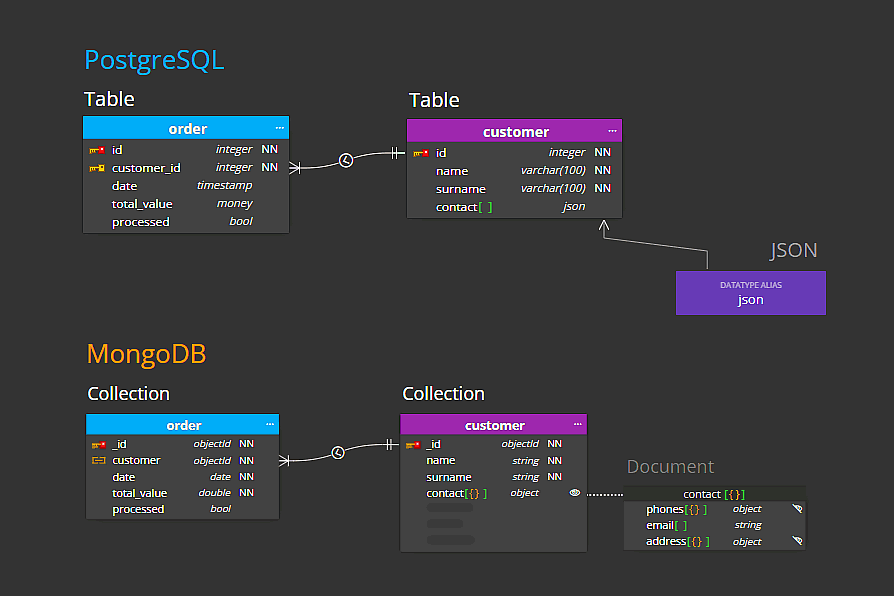
MongoDB vs PostgreSQL
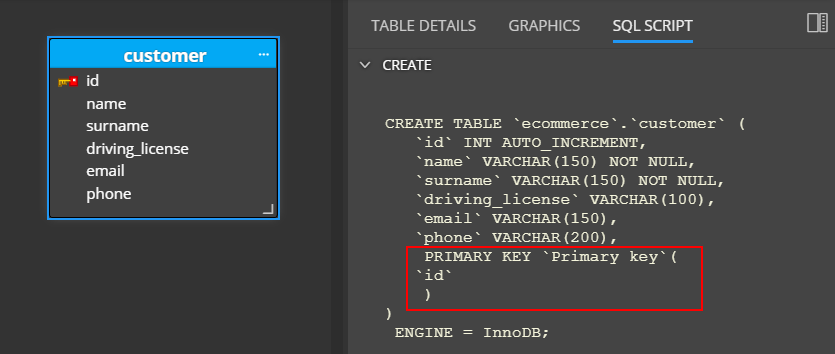
Primary key vs unique key
